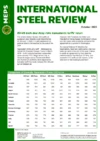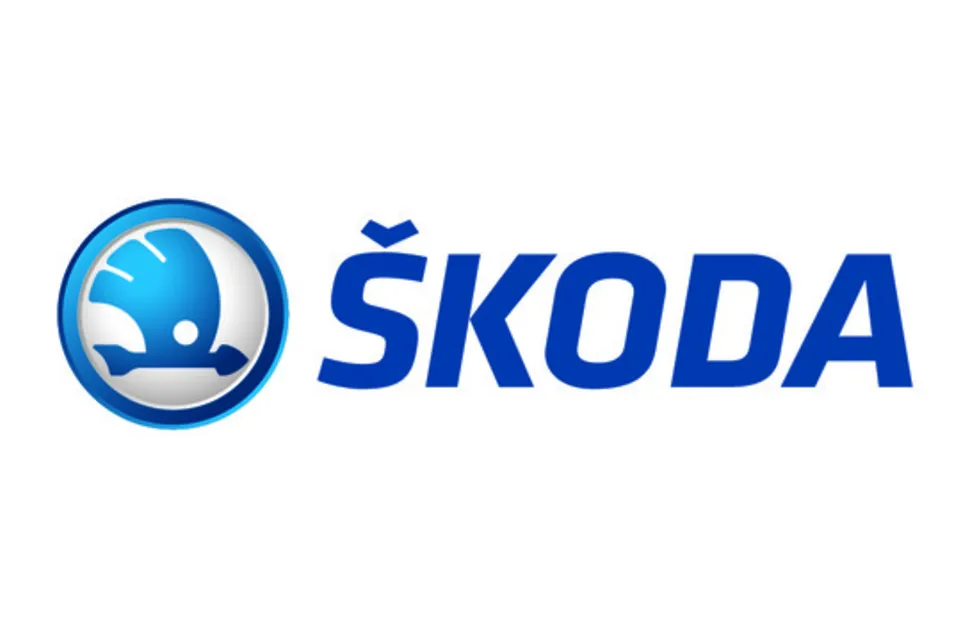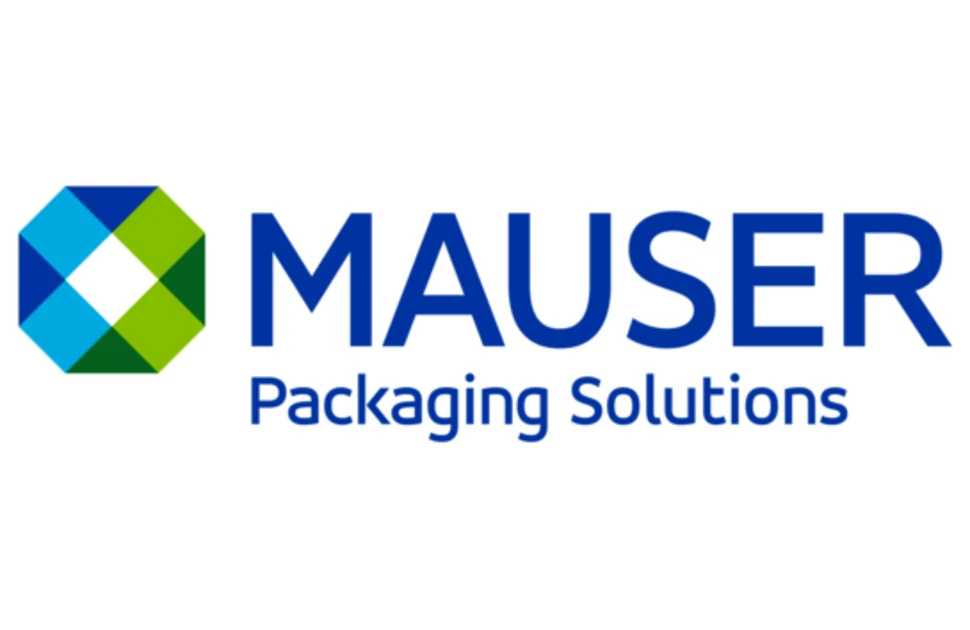Uncertainty over new tariffs ‘killing’ US steel demand
President Trump’s announcement of potential new tariffs that exceed the initial “reciprocal” rates unveiled on April 2’s Liberation Day has increased uncertainty in the US steel market and the risks to global trade.
Brazil, Canada, the EU and Mexico have received notice that their tariffs could increase further unless trade talks progress ahead of the new August 1 deadline. These “reciprocal” tariffs cannot be applied to US steel imports on top of the existing Section 232 tariffs. However, higher baseline tariffs would raise the cost of US steelmakers’ raw materials, applying upward pressure to US steel prices and increasing uncertainty among steel buyers in a climate of low demand.
MEPS US steel market analyst, Laura Hodges, said: “There is not a lot of good news for US steel buyers right now. Interest rates remain high, activity remains cautious and the latest tariff announcements only acerbate this situation.
“We continue to hear from MEPS respondents that it is impossible to plan in this uncertain environment. This 'wait and see’ approach is killing steel demand.”
Tariff threats aim to accelerate trade talks
Trade negotiations have been slower than the US government anticipated. Originally, a July 9 deadline was set, after which country-specific reciprocal tariffs above a 10% base rate would take effect. Last week, this deadline was extended to August 1.
To accelerate talks, the US government has issued letters outlining new baseline tariff rates to over 20 countries and the EU. Brazil’s rate was raised to 50%, while the EU now faces a 30% tariff, up from 20%, if progress is not made in trade negotiations. Tariffs on Mexico and Canada were increased to 30% and 35% respectively, though these apply only to goods that do not comply with the United States-Mexico-Canada Agreement.
So far, only two preliminary trade deals have been announced, with the United Kingdom and Vietnam. Of these, only the UK agreement has been formally communicated, and parts of that deal are now at risk. The UK secured a lower 25% tariff on steel imports into the US. However, this exemption was linked to conditions that must be met by the country’s government by the July 9 deadline. No formal announcement has yet been made and there remains a risk that US tariffs on UK steel imports could revert to the full 50% Section 232 rate.
“Reciprocal” tariffs’ influence on US steel sector
While not directly applicable to steel imports, higher baseline “reciprocal” tariffs could affect US steel demand in several ways. Section 232 tariffs do not cover steelmaking raw materials such as scrap, pig iron and DRI. However, these inputs remain subject to the “reciprocal” tariffs which currently sit at 10% for most countries. Brazil supplies about 30% of total US imports of these materials. If its baseline tariff rises to 50%, it will increase production costs and could weaken downstream demand.
Persistent uncertainty continues to weigh on steel buyers, who have largely stayed on the sidelines, in 2025, as they await clarity on US trade policy.
Against this backdrop of lacklustre demand, respondents to MEPS’s research for its International Steel Review indicate that steel prices have shown limited upward momentum since the doubling of the Section 232 tariff to 50% on June 4. The July contract price for hot rolled coil on the Chicago Mercantile Exchange (CME) reflects this. Having jumped from USD801 per short ton on May 30 to USD923 on June 4, prices have since dropped by almost USD50 per short ton.
With less than three weeks until August 1, the scarcity of finalised trade deals suggest the possibility of yet another extension, prolonging uncertainty and keeping demand sluggish. The likelihood that the 50% Section 232 tariff might be reduced through these negotiations also appears to be decreasing.

Source:
International Steel Review
The MEPS International Steel Review is an essential monthly publication, offering professional analysis and insight into carbon steel prices around the world.
Go to productRequest a free publication





